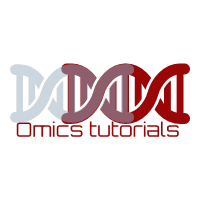
Antibody modeling
October 4, 2007
Antibodies are the soluble proteins of the immune system that bind to pathogens and their toxic products, preventing their harmful action.
Antibody, or immunoglobulin, molecule are roughly Y-shaped and consist of four protein chains linked by disulfide bonds.
Each antibody molecule has two identical antigen-binding sites, which are the parts that vary from antibody to antibody. The rest of the molecule is almost identical, in both sequence and structure, in all antibodies of a given class.
Each antibody molecule consists of four chains of two different types: two identical heavy chains, and two identical, smaller, light chains. Each chains is composed of a series of discrete domains of around 110 amino acids with a characteristic structure known as the immunoglobulin fold.
The structures of only a few hundred antibodies have been solved by X-ray crystallography and there are even fewer structures of antibody-antigen complexes. There are however, many more antibody sequences in the databases, and homology modeling can be a useful tool in extending the number of structures of antigen-binding sites. Being able to model the structures of anitgen-binding sites can help in guiding the synthesis of novel antibody variable regions for potential therapeutics and laboratory regents.
Current methods of antibody modelling is generally through the homology approach.
WAM – Web Antibody Modelling uses the algorithm improvement on that used by Oxford Molecular’s AbM. We can submit the sequence through two methods
*Manual method: This requires that you manually line up your sequence with the known antibody structures by inserting deletions in the CDRs.
https://antibody.bath.ac.uk/wam2.html
*Autoalign method: attempts to automatically add deletions to the CDRs based on the positions of certain key residues; it will work provided certain sequence conditions are met.















